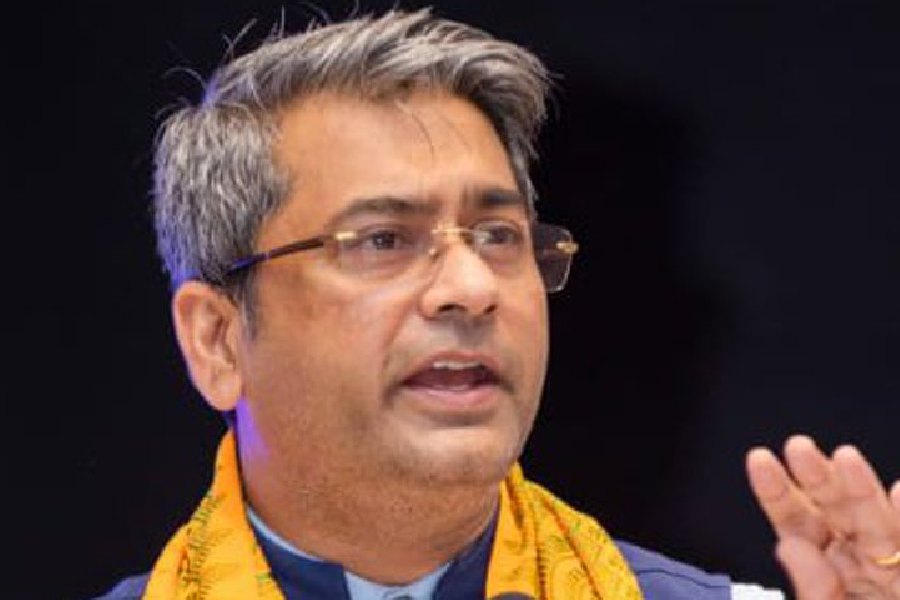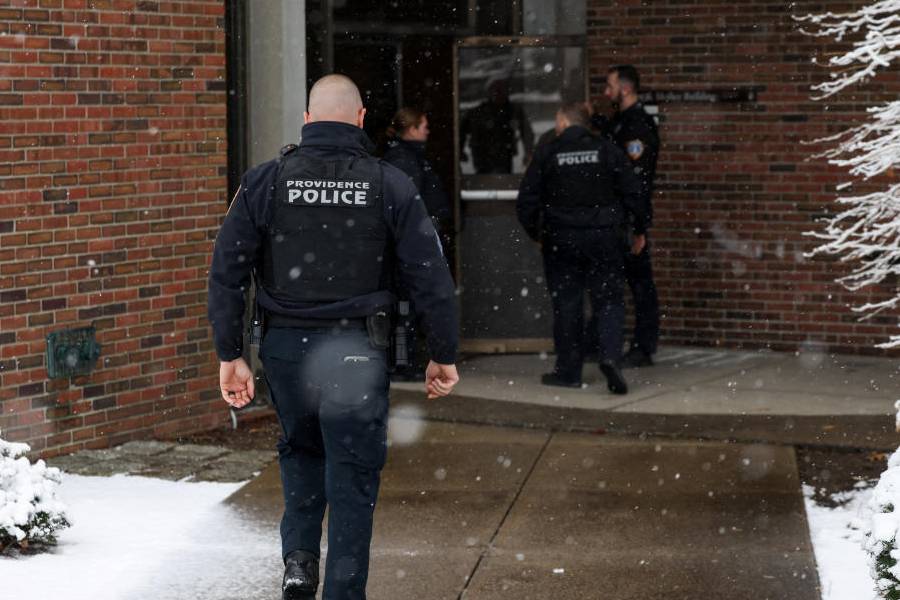On May 20, the Supreme Court ruled that a minimum of three years of court practice is now mandatory for candidates appearing for judicial service examinations, directing all states and high courts to amend their rules accordingly. The question of whether practical court experience should be required for entry into the subordinate judiciary has been debated for decades. In 1993, the apex court recommended reinstating the three-year experience rule, citing concerns that recruiting fresh law graduates as judges had not yielded the desired results. But in 2002, the court shifted its stance based on the Justice Shetty Commission’s findings, which argued that the requirement was discouraging talented young graduates from joining the judiciary.
Historical commissions have also weighed in: the Rankin Commission (1924) and the Law Commission of India (14th Report) both noted that such a short span rarely translates into meaningful experience. While the intention behind this rule is to enhance quality, its impact is likely to be uneven, particularly for disadvantaged groups such as persons with disabilities, women, and those from less privileged socio-economic backgrounds.
Firstly, the legal profession is structured in a way that often excludes those with disabilities. Courtrooms and legal procedures are typically designed without sufficient consideration for accessibility. Physical barriers, lack of digital accessibility, and the absence of reasonable accommodations make it difficult for lawyers with disabilities to gain the required experience. Prevailing attitudes in many legal chambers also discourage the hiring of lawyers with disabilities. There is currently no systemic support within the judiciary to address these challenges. The profession is also often celebrated for its hustle culture, which can be exclusionary for those who require accommodations. The expectation to move quickly between courtrooms and handle heavy caseloads can deter chambers from hiring lawyers with disabilities, making it harder for such candidates to meet the new requirement.
Secondly, for many women, particularly those from marginalised communities, the ability to directly enter the judiciary after law school has been a crucial pathway to professional and social empowerment. Data suggest that nearly half of the newly-appointed judicial officers in recent years have been women. The option to join the judiciary early has helped many overcome societal pressures, such as early marriage, and provided financial independence. But the legal profession, especially litigation, remains less welcoming to women, with many reporting exclusion and bias. With an entry barrier, women, especially from rural or conservative backgrounds, may lose the opportunity to join the judiciary at a critical time in their lives.
Lastly, the financial realities of litigation are a significant barrier. Outside major cities, most young lawyers receive little or no compensation while gaining experience in law chambers. Although the Bar Council of India has recommended minimum stipends (Rs 20,000 for urban and Rs 15,000 for rural), these are often insufficient and compliance is inconsistent. This affects first-generation lawyers who may be unable to afford years of unpaid or underpaid work before becoming eligible for judicial service. This perpetuates perceptions of the judiciary being accessible mainly to those with existing legal connections or family support.
Applying the three-year practice rule uniformly risks discriminating against those who are not equally placed to meet this requirement. The principles of substantive equality enshrined in Articles 14, 15, and 16 of the Constitution demand that exceptions or accommodations be made for disadvantaged groups. The challenge lies in balancing the goal of judicial integrity and ensuring that judges have adequate experience, with the need to provide equal opportunity for all.
Both the Justice Shetty Commission and the Law Commission have acknowledged the difficulty of finding this balance. A one-size-fits-all approach will not serve the interests of justice. There should be room for flexibility, such as alternative pathways or targeted support for those facing structural barriers.
Shashank Pandey is a lawyer and a researcher











